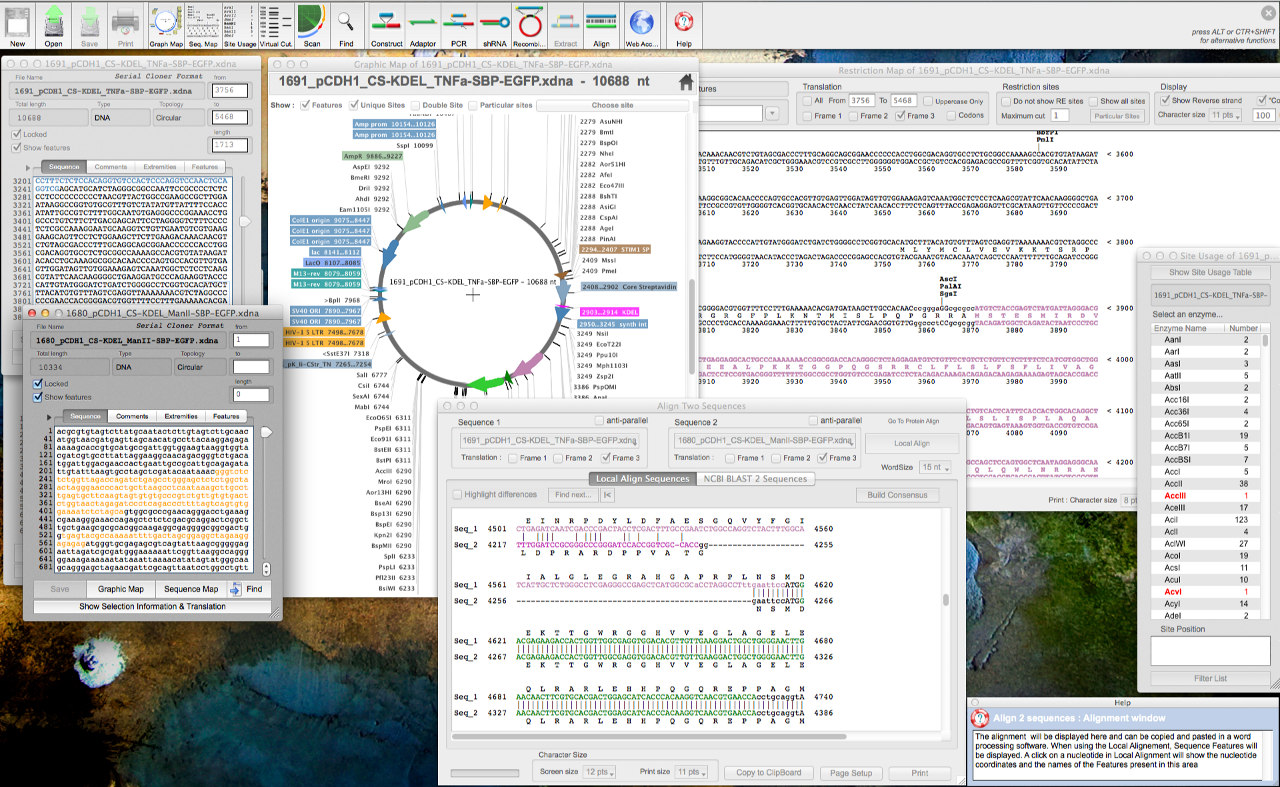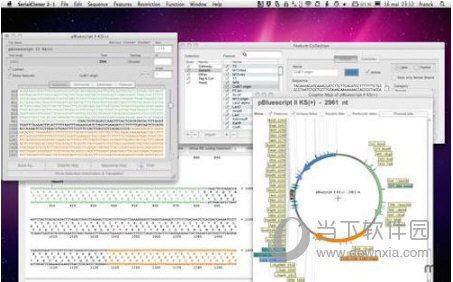


We do not consider epidermal cell pattern in the classification of bracts, since there can be differences between bracts produced early and late in development. We adopt the terminology of Irish and Sussex( Irish and Sussex, 1990) and Bowman and colleagues ( Bowman et al.,1993), who describe a bract as being elongate, with a pointed tip,lacking a petiole (leaf stalk), having stipules and being delayed in senescence compared to sepals. In loose definitions, a bract is a flower- or inflorescence-associated leaf, without a distinction between inflorescence-associated leaves in general and ones that specifically subtend a flower ( Harris and Harris,1994). Terminologies to differentiate between the leaf types of a flowering plant are varied. It is interesting to note that both genes appear to affect organ shape by promoting differentiation. CYC,which also appears to regulate growth via effects on the cell cycle,suppresses growth of dorsal floral structures, producing the asymmetric flowers typical of Antirrhinum( Gaudin et al., 2000 Luo et al., 1996). Interestingly, CIN appears to prevent excessive growth by sensitizing peripheral cells to a cell-cycle arrest front that moves from the tip of the leaf to the base. cin mutants develop excessive growth at the periphery of the leaf blade, resulting in wavy leaves. CIN controls growth of the leaf blade and is required to generate flat leaves with zero Gaussian curvature( Nath et al., 2003). In Antirrhinum, two members of the TCP family of transcription factors, encoded by CINCINNATA ( CIN) and CYCLOIDEA ( CYC), have been implicated in the regulation of lateral organ development ( Cubas et al.,1999). While our understanding of the specification of organ identity is advanced,a mechanistic understanding of the processes that sculpt lateral organs is only now emerging. If misexpressed, JAGGED can induce the formation of bracts, suggesting that the exclusion of JAGGED from the cryptic bract is a cause of bractless flowers in Arabidopsis. JAGGED expression is notably absent from the cryptic bract, the remnant of a leaf-like organ that subtends the flower in many species but does not normally develop in wild-type Arabidopsis. The localization of defects overlaps with the expression domain of JAGGED, which is restricted to the growing regions of lateral organs. By monitoring cell-cycle activity in developing petals with the expression of HISTONE 4, we show that JAGGED suppresses the premature differentiation of tissues, which is necessary for the formation of the distal region. In sepals, petals and stamens, the strongest defects are seen in the distal regions. In leaves, the blade region is most severely affected. Loss of JAGGED function causes organs to have serrated margins. We have characterized the role of JAGGED, a gene that encodes a protein with a single C 2H 2zinc-finger domain, in controlling the morphogenesis of lateral organs in Arabidopsis thaliana. Position-dependent regulation of growth is important for shaping organs in multicellular organisms.


 0 kommentar(er)
0 kommentar(er)
